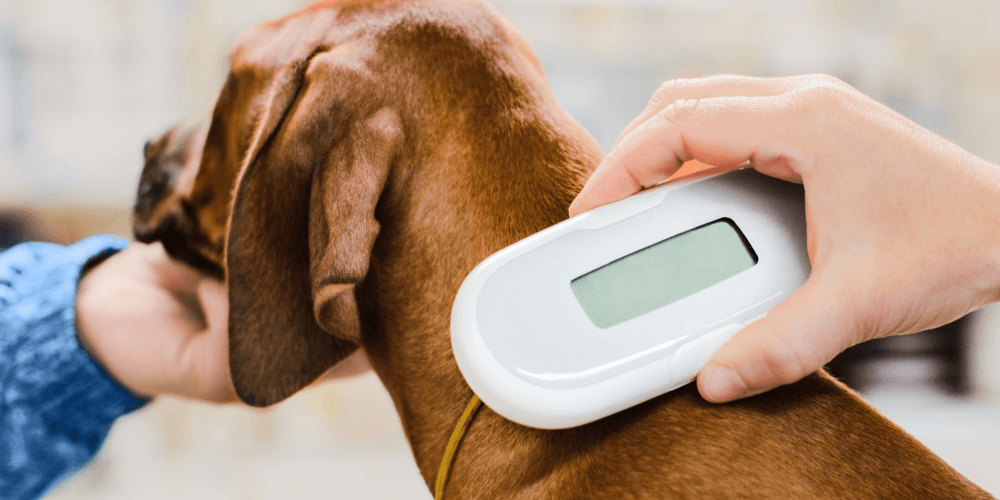Whistle App Update: Food Pantry

Whistle is back with a brand new feature, your pup's very own Food Pantry.
The new Food Pantry allows you to create a virtual list of specific food your dog eats, serving sizes, number of meals per day, and when changes in their diet are made. Now you can keep track of what their eating to better understand how diet changes affect health and weight.
It’s simple to add food to your pantry.

Go to the Pet tab and select Add food

What do you feed them?

How much do you feed them?
All it takes is a few minutes to record the information and establish a record of your dog’s eating habits. Having the information handy can help you keep track of when and how much to feed your dog and ensures you are providing the optimal portions to keep them trim and healthy.
The Food Pantry combined with Whistle's Daily Journal feature make for a powerful partner in tracking what and when your pup is enjoying a meal.
Why is it important to track of your dog's diet?
Overfeeding or underfeeding can lead to serious health issues.
Weight gain: More than 50 percent of dogs in the United States are overweight or obese, which increases their risk of cancer, diabetes, heart disease and other health problems. Obese dogs also have shorter lifespans. Logging your dog’s meals helps you provide the right portions to keep them trim and healthy.
Tummy troubles: Big meals can slow digestion, causing bloating and discomfort. Instead of feeding your dog one big meal per day, offer two smaller meals; the option to eat more often (while keeping portions in check) can help reduce nausea and stomach upset.
Proper nutrition: Feeding your dog the right food for their size, health and life stage is essential. Your dog’s food should provide energy to help with muscle growth, development and tissue repair. Tracking the type of food your dog eats and their average portions can provide important information for your veterinarian if your dog is sick.
Using Whistle devices to track your dog’s food and eating habits means that everyone in your family—as well as the pet sitter, doggie daycare, boarding facility and veterinarian—have up-to-date information on what type of food your dog eats, the correct portions, and their feeding schedule.
Logging changes to your dog’s diet
Food recalls, changing health needs and new veterinarian recommendations can lead you to change your dog’s diet. Logging those changes in the Food Pantry tab allows you to maintain an accurate record.
Logging changes to your dog’s diet in Whistle devices can also help you identify potential health concerns. For example, if you recently changed your dog’s food and your Whistle device alerts you to increases in scratching or licking, it might be a sign that your dog is allergic to one of the ingredients in their food.
Monitoring changes to your dog’s appetite, including increases or decreases in food intake in Whistle devices, could also alert you to possible tummy troubles or other health issues.
The new Food Pantry is easily accessible and simple to use to make sure you have the best experience keeping these up to date. It’s important to keep an updated log of both weight and food to pair Whistle’s health metrics in order to see a full picture of your dog’s health.
Don't see the Food Pantry feature yet?
Make sure your Whistle app is up to date!












